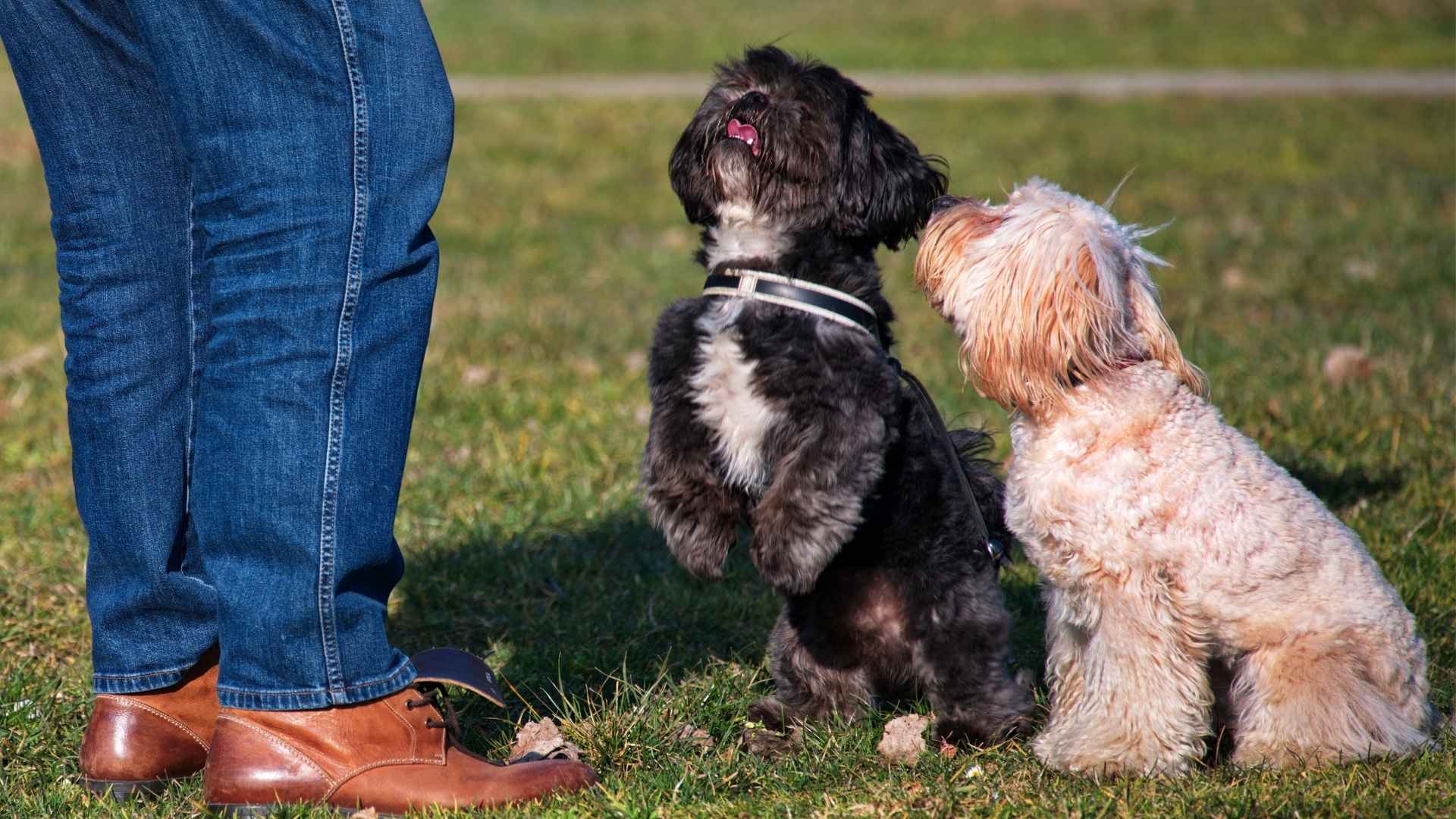When your schedule is already packed, the last thing you want is a dog that takes months to understand the basics. That’s where fast-learning small breeds shine.
They’re smart, quick to adapt, and eager to please, making training feel less like a chore and more like a fun daily habit. You won’t need fancy tricks or long sessions. These little dogs pick things up fast, often surprising even experienced owners.
If you’ve been looking for a small dog that fits your lifestyle, learns fast, and keeps up with your pace, you’re in the right place. This guide brings you the top small dogs known for their sharp minds and trainable nature. Whether you live in an apartment or a house, these dogs make learning look easy—and they’ll make your life easier too.
Fast Learning Small Dog Breeds
1. Papillon
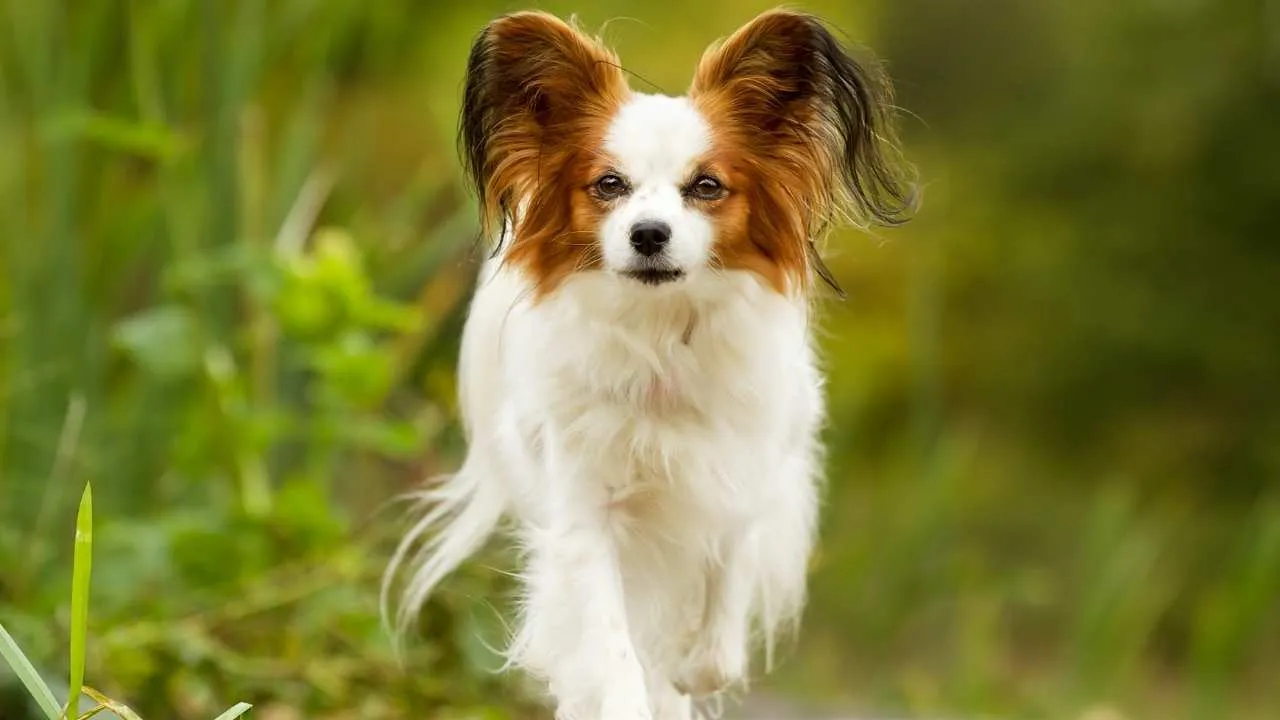
Papillons don’t miss a thing — even slight changes in their environment grab their attention. Their upright ears aren’t just for show; they’re finely tuned for every sound. This makes them naturally responsive and ready to engage in structured learning.
Quick to read human cues
They have an unusually strong ability to pick up on tone and facial expressions, making them great at reading their handler. Because of this emotional awareness, they often anticipate commands before they’re even spoken. It’s less about obedience and more about connection.
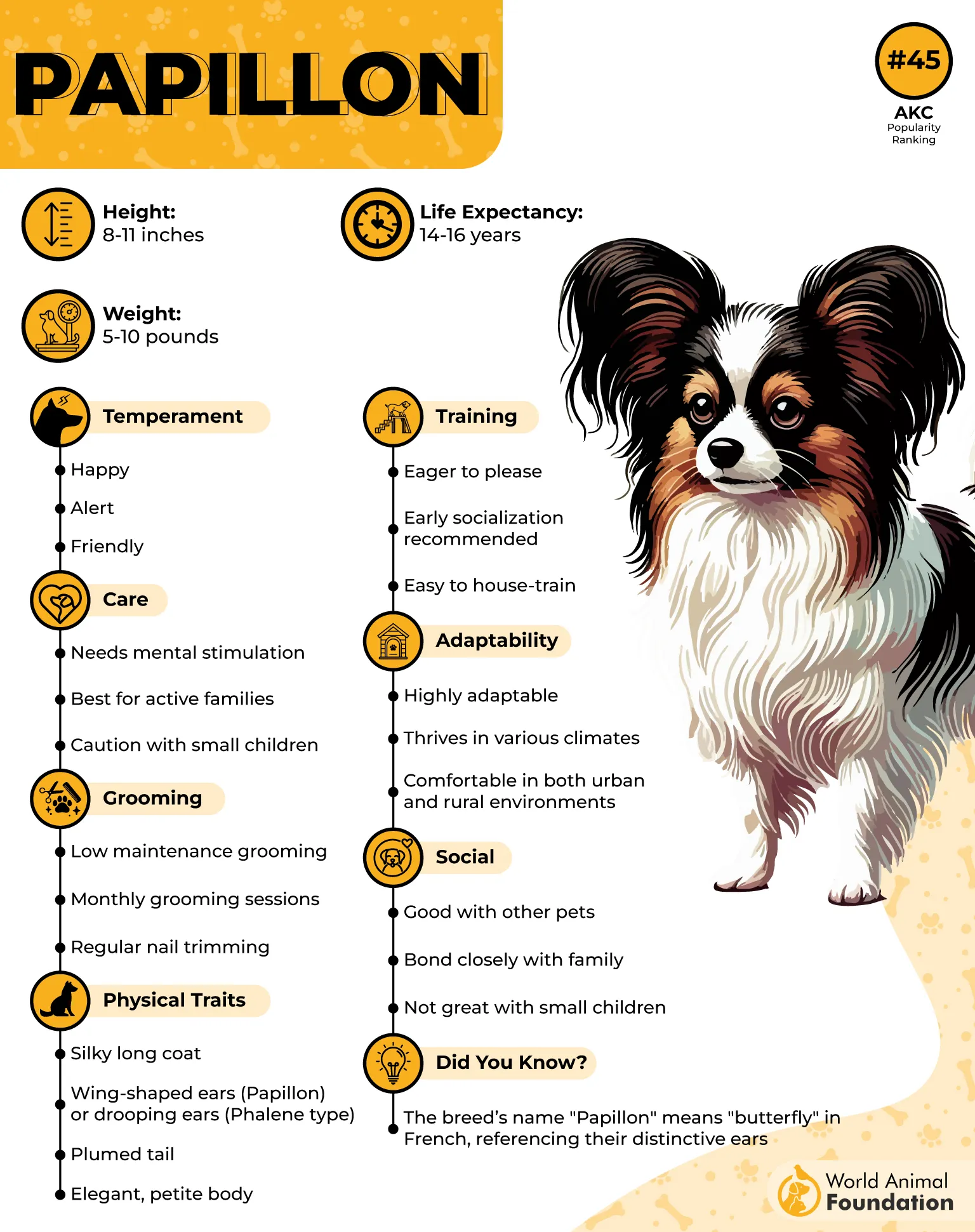
Thrives in consistent training sessions
Short, consistent training sessions help bring out their problem-solving side without overwhelming them. They retain new skills rapidly when learning feels like a game rather than a drill. Their ability to adapt training cues to new settings sets them apart.
One of the most intelligent dog breeds
Papillons routinely score near the top in canine intelligence testing. Their learning speed often rivals larger breeds known for working roles. They respond best when mentally challenged with varied tasks and frequent changes in routine.
2. Miniature Poodle
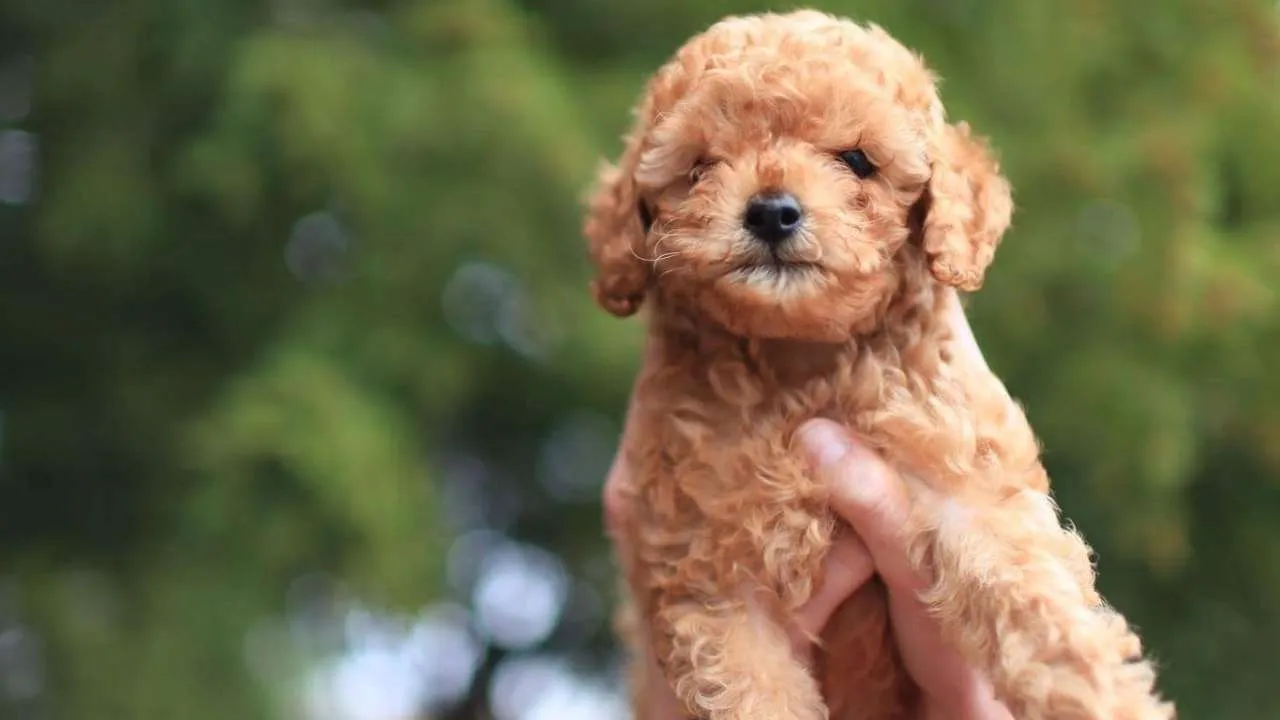
Miniature Poodles are natural pattern recognizers, which helps them excel in multi-step commands and advanced obedience. They’re often used in canine sports that demand precision and speed. Their ability to retain sequences makes them stand out among small breeds.
Fast learners with work-driven instincts
Originally bred for water retrieving, their brain was shaped by tasks requiring focus and follow-through, as mentioned in PetMD. This gives them a natural edge in real-world problem-solving. They’re sharp enough to switch between tasks without losing attention or motivation.
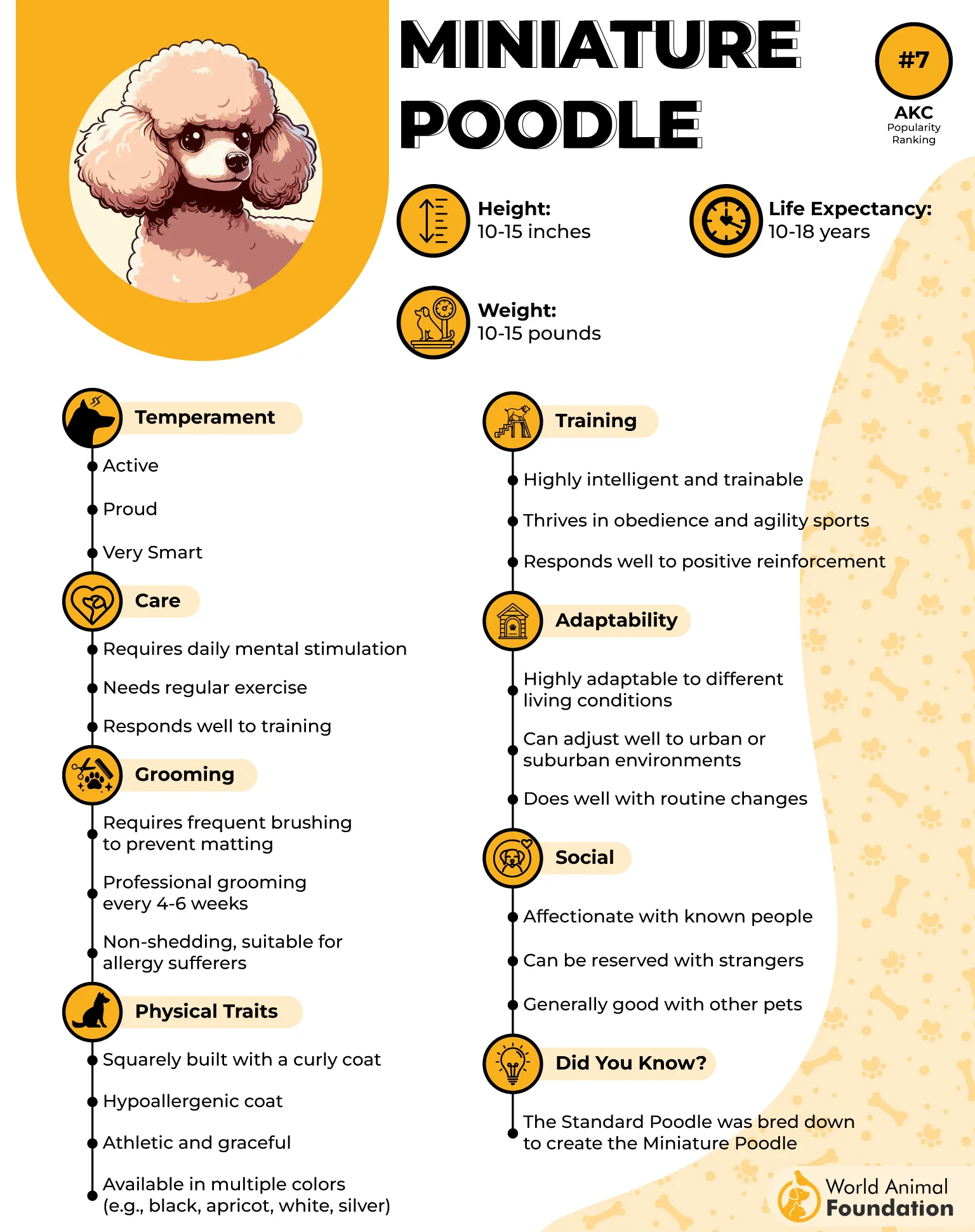
Training style that matches their rhythm
They respond best to mentally layered training periods, like combining verbal cues with hand signals or obstacle navigation. It’s not just about speed; they benefit from complexity and progression in lessons. Repetitive drills tend to bore them quickly.
Among the best small dog breeds for learning
Their memory recall is precise, especially when commands are spaced across short intervals. Miniature Poodles often rank among the most intelligent dog breeds across all sizes. Their learning efficiency also helps first-time owners feel more confident with training.
3. Shetland Sheepdog

Shetland Sheepdogs have a strong eye for patterns and routines, often picking up household habits without formal training. They learn commands faster when tied to consistent visual or verbal cues. This makes them naturally responsive to structure in both home and sport environments.
Fast processors in noisy settings
Even in environments full of distractions, they’re quick to sort through noise and lock into instruction. Their working-dog roots sharpened their ability to follow fast-paced, multi-step commands in open fields, often from long distances. That instinct hasn’t dulled indoors.
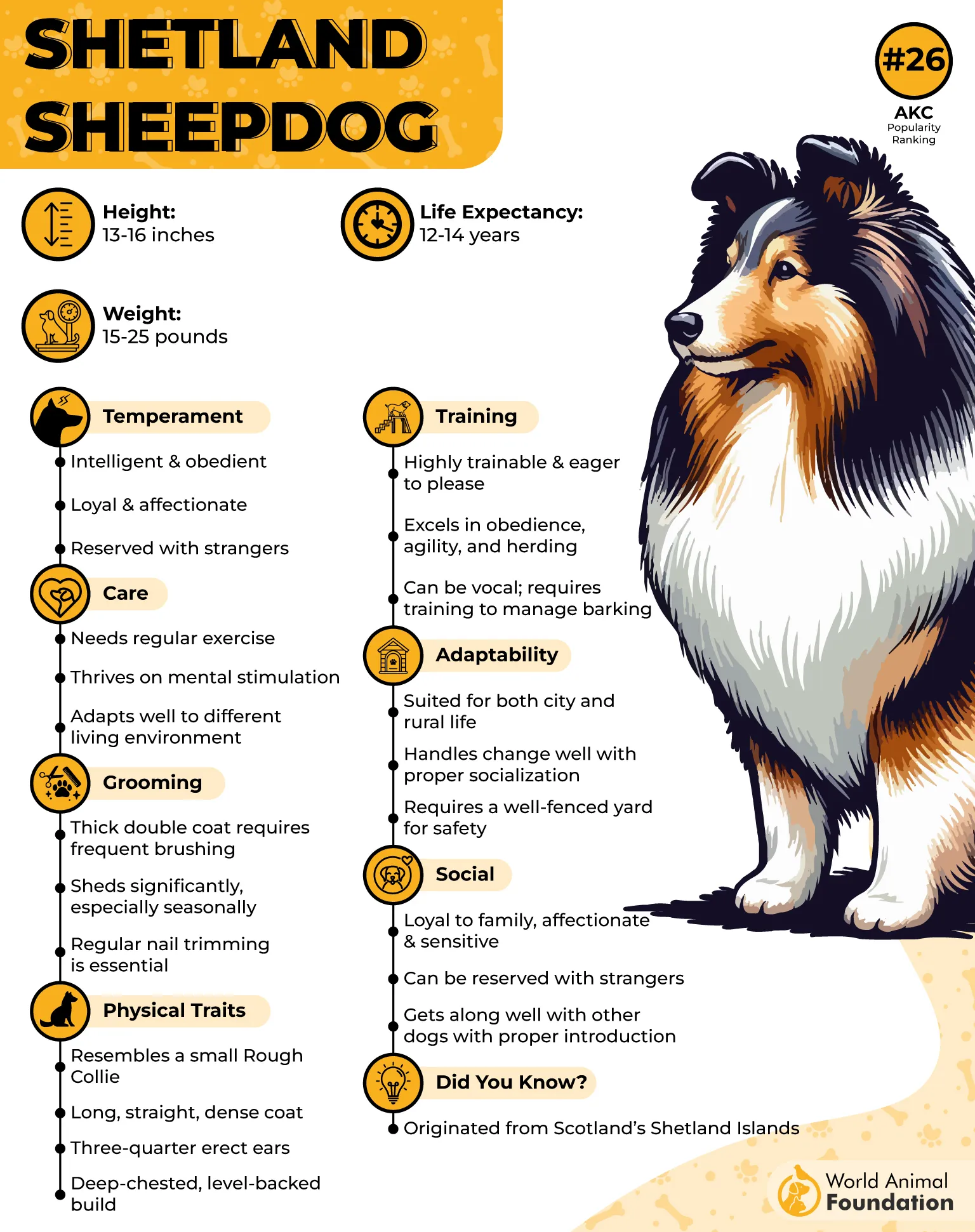
Well-suited for various dog sports
According to the AKC, Shetland Sheepdogs dominate in activities like agility, rally obedience, and herding trials — not just because of speed, but precision. They retain subtle differences in course instructions and respond quickly to redirection. Their recall and timing make them standout competitors.
Naturally sensitive and intuitive
This intelligent breed doesn’t rely only on repetition; it responds to tone, mood, and subtle shifts in a trainer’s energy. That emotional reading makes them great family dogs who blend fast learning with loyalty and social awareness.
4. Border Terrier
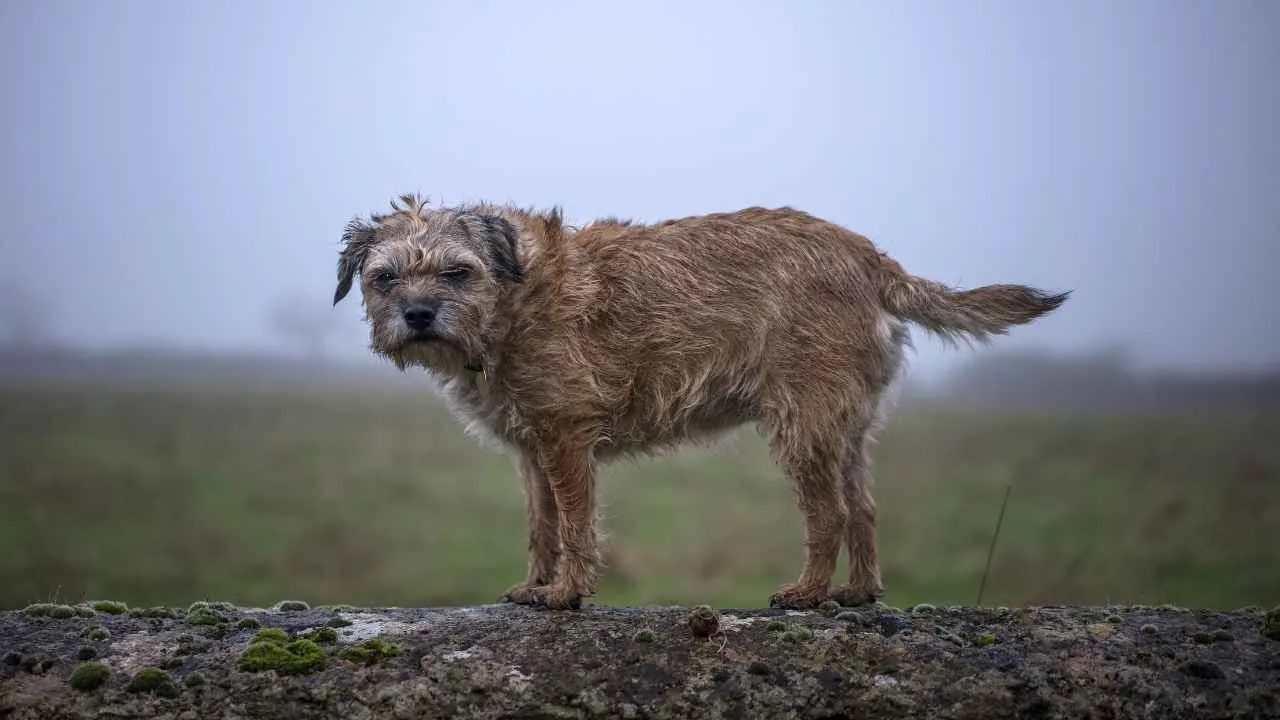
Border Terriers were originally bred to think independently during fox hunts, and that instinct for strategic thinking still shows. They assess situations before reacting, often watching carefully before engaging. Their quiet observation is a sign of calculated decision-making, not hesitation.
Responds best to real-world tasks
This breed benefits more from hands-on learning than repetitive drills. They excel when commands are tied to action-based tasks, like tracking or retrieving. Structured challenges help channel their energy into focus, especially in short bursts.
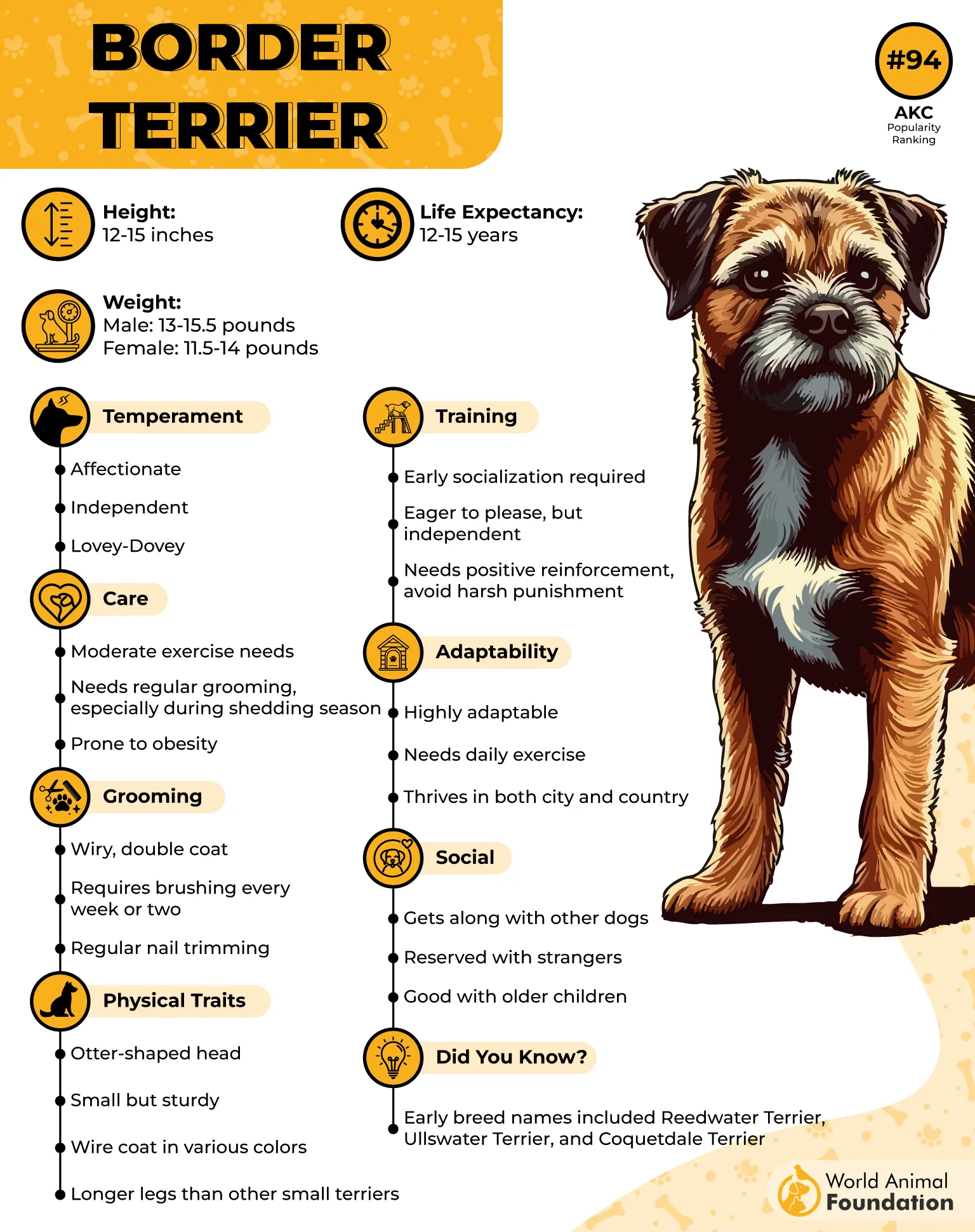
Mental challenges keep them sharp
They don’t respond well to overcorrection but thrive when mentally challenged through variety. Repeating commands without variation tends to bore them quickly. When given clear expectations and frequent adjustments, they stay engaged and alert.
Puzzle toys match their thinking style
Border Terriers enjoy quiet but concentrated play, and puzzle toys match their natural curiosity. These dogs don’t just enjoy physical activity — they need tasks that ask them to think. Toy rotation and hiding treats inside layers keep them working longer.
5. Toy Poodle
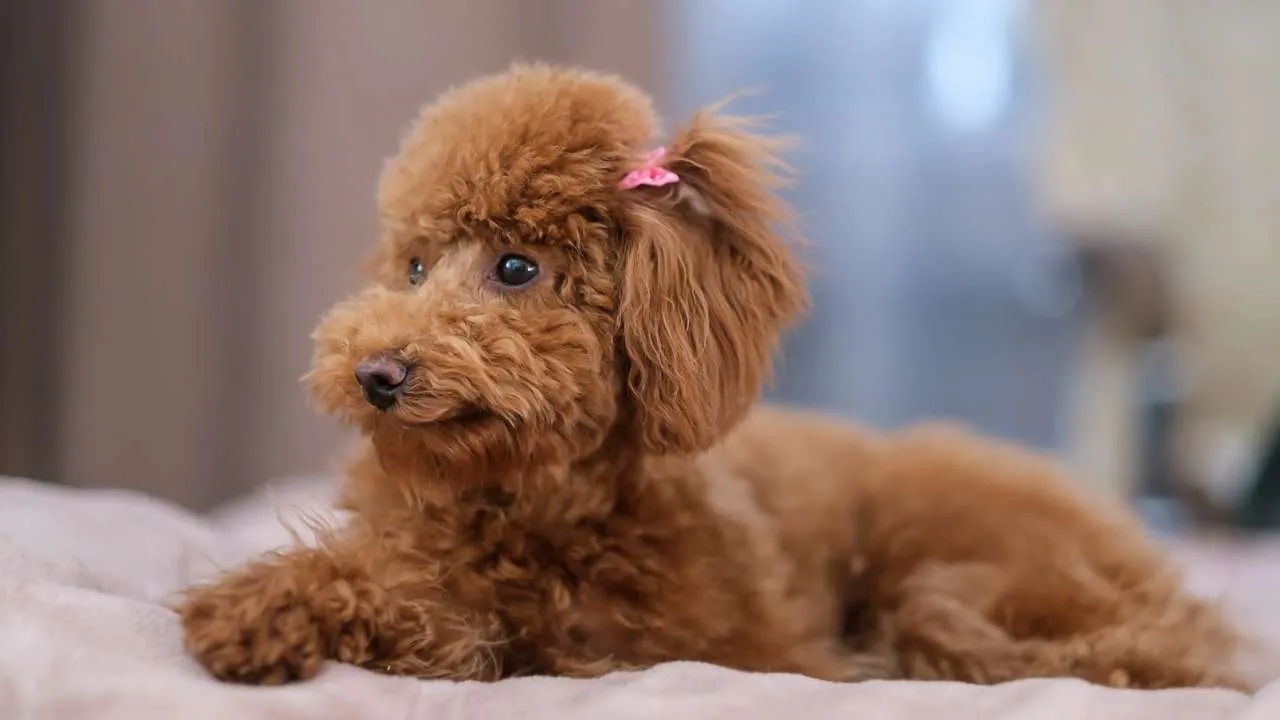
Toy Poodles excel at tasks that require attention to detail, like scent work, agility sequences, or advanced obedience routines. Their ability to break down multi-step actions quickly makes them ideal for precision training. They stay mentally sharp when challenged with layered commands.
Fine-tuned memory and adaptability
They’re often able to recall sequences from previous sessions even after several days of break — a trait not common in many little dogs. Inconsistent environments don’t throw them off either; they adapt quickly to different surfaces, spaces, or handler styles.
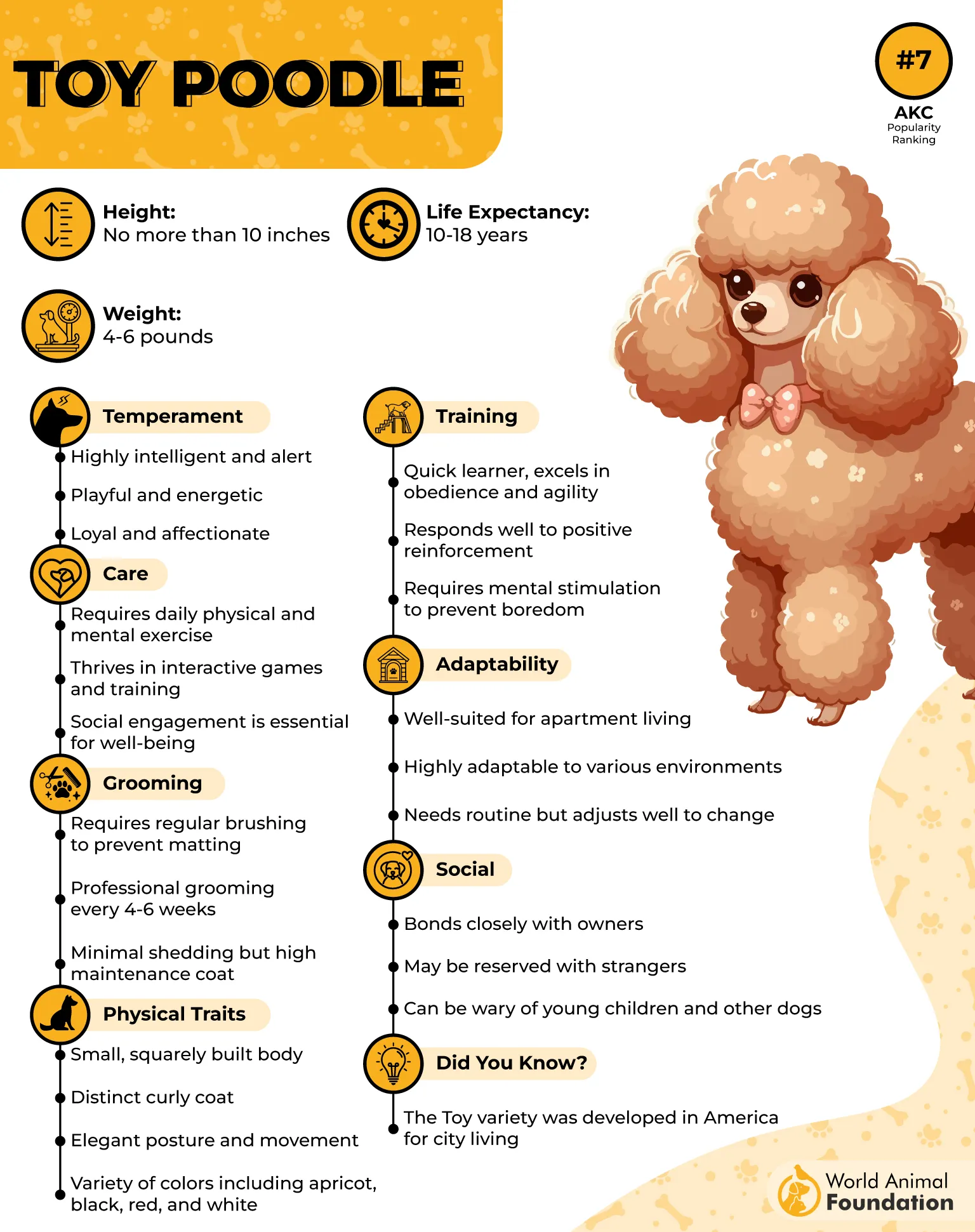
Loved by serious dog lovers
Toy Poodles have long been favored by trainers who work with service dogs or canine performers, despite their size. Their consistency in grasping new behaviors without excessive repetition makes them stand out. They crave direction and often seek cues without prompting.
Rank high among highly intelligent breeds
In intelligence rankings, they consistently fall in the top five, even above many large working breeds. This isn’t just about learning speed — they show flexible thinking and creative problem-solving. Their curiosity fuels their ability to approach tasks from different angles.
6. Cavalier King Charles Spaniel

Cavaliers are tuned in to voice tone and emotional shifts more than many breeds their size. They’re not just reacting to cues — they’re responding to the way they’re being spoken to. That emotional sensitivity makes them quick to adjust their behaviors naturally.
Strong food and praise motivation
This breed responds exceptionally well to rewards, especially when it involves food or affection. Their eagerness to please means fewer repetitions are needed before a cue sticks. Training progresses faster when it’s paired with soft reinforcement, not harsh corrections.

Retains routines without stress
Cavaliers are one of the few companion breeds that handle structured routines without becoming anxious or bored. Their temperament allows them to retain a sequence of commands calmly over time. It makes them a good match for homes where consistency matters.
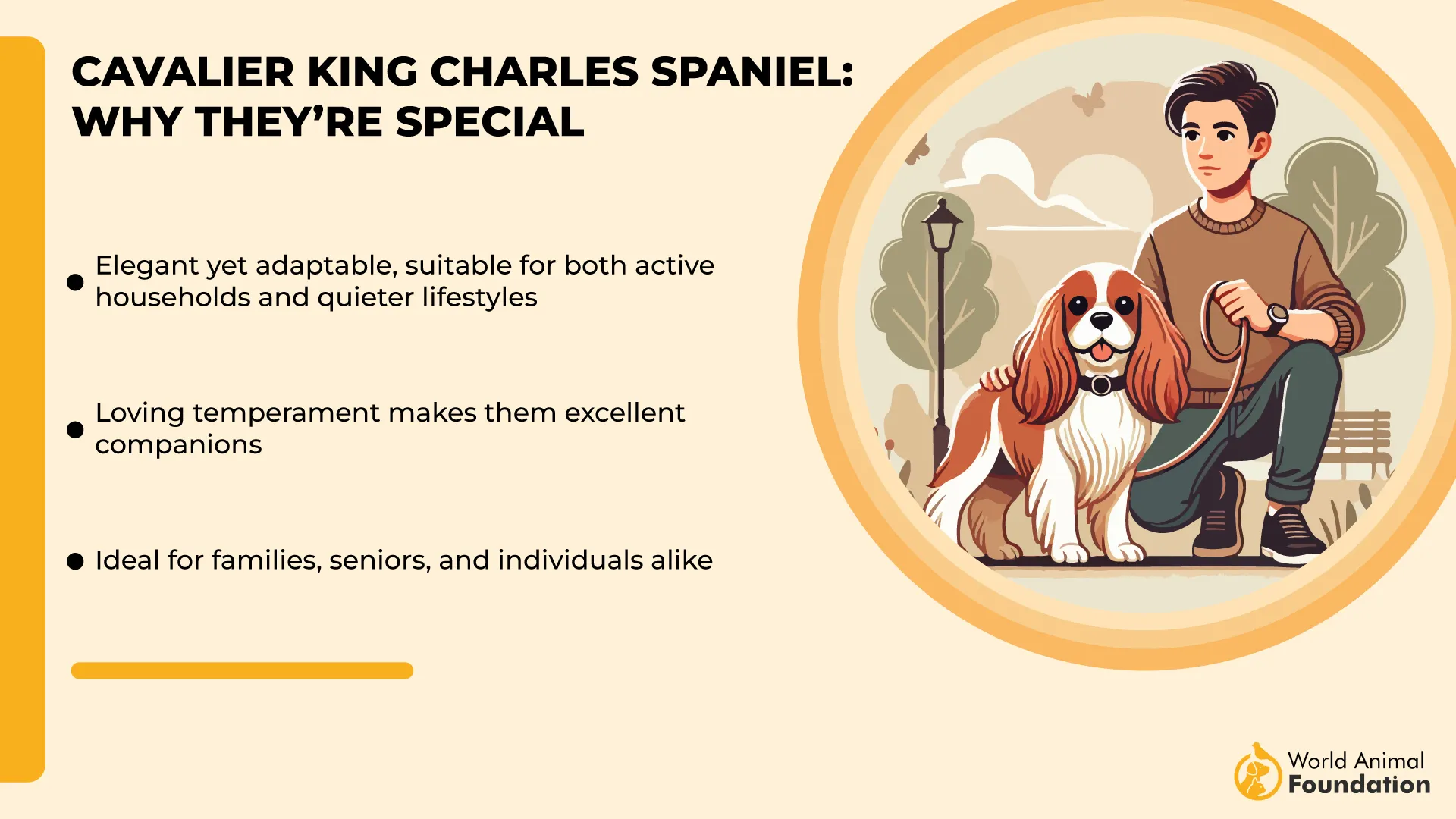
Learns quietly and without pushback
They don’t challenge authority during learning and rarely show defiance when something is repeated. This cooperation helps trainers build complex behaviors in layers, with minimal resistance. Their learning is quiet, steady, and deeply rooted in human interaction.
7. Miniature Schnauzer
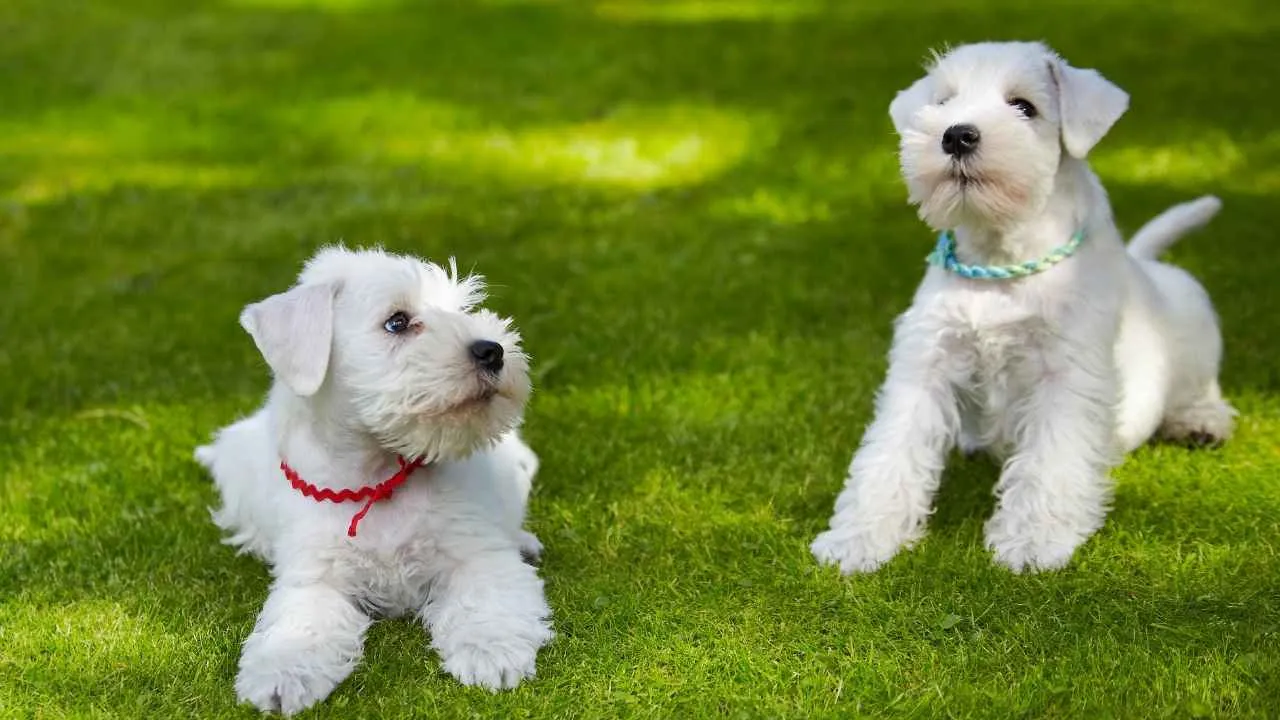
Miniature Schnauzers are often praised for how quickly they connect sounds with actions. Owners report that consistent verbal cues begin to click within just a few repetitions. This quick auditory processing gives them an edge in obedience-based training.
Detail-oriented by nature
Originally bred to catch vermin, their brains are wired to scan environments and act quickly. This attention to small changes in surroundings helps them stay alert to the trainer’s movements. They often learn behaviors by simply watching others perform them.
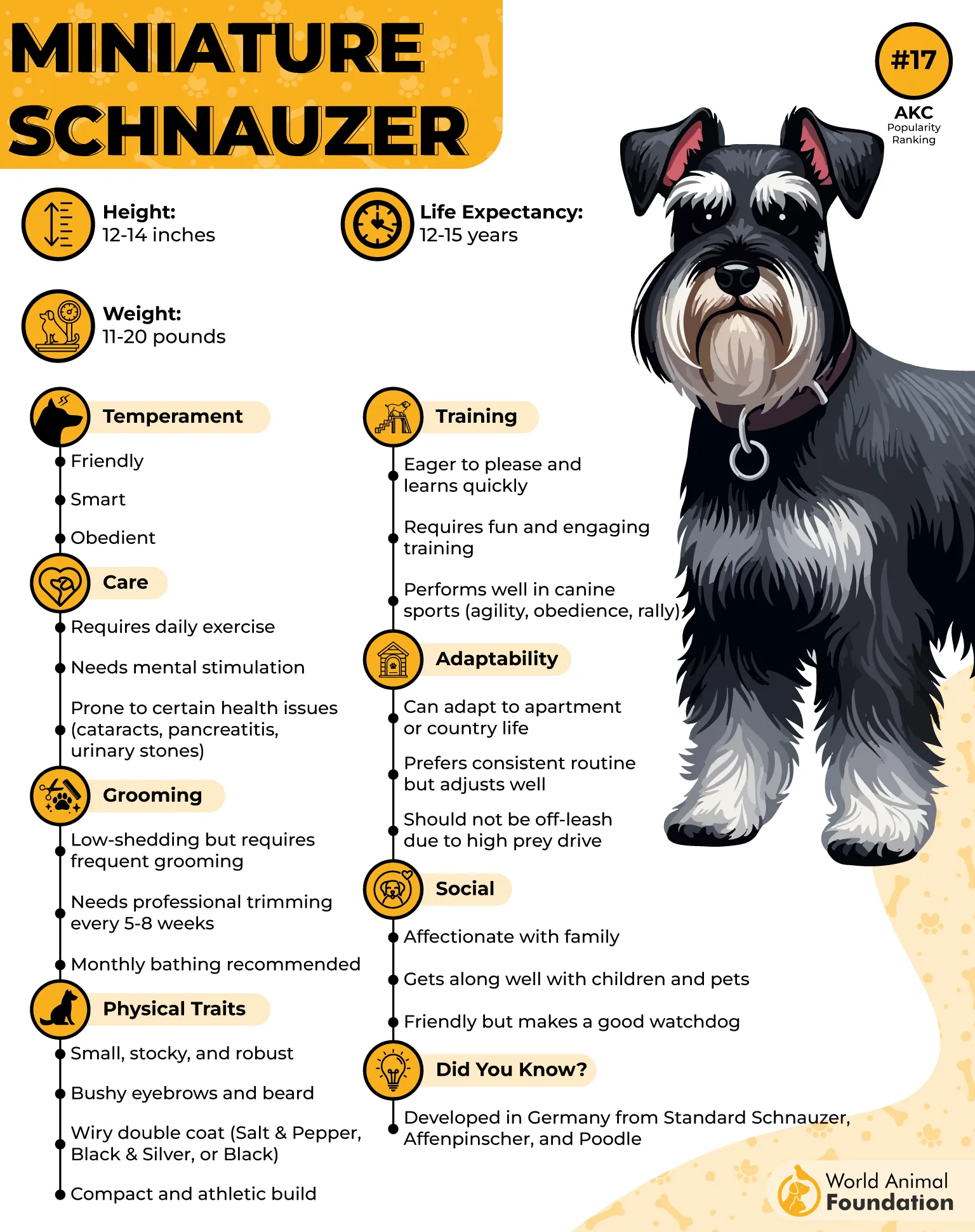
Stubborn but sharp during lessons
They may push back when repetition gets dull, but that’s not disobedience — it’s boredom. They prefer lessons that alternate between familiar commands and new challenges. Keeping them mentally active avoids frustration and keeps sessions productive.
Needs structured task-based training
Miniature Schnauzers excel when tasks feel purposeful, not just for praise or treats. Problem-solving exercises, like fetching by name or differentiating toys, keep them engaged. Their memory retention improves when commands are tied to real-life actions.
Conclusion
Training shouldn’t feel like a daily battle. These dogs prove that small size doesn’t mean small brains. With steady guidance and positive reinforcement, they quickly become well-behaved companions who fit into your lifestyle with ease.
Whether you’re looking for alert herding dogs or affectionate lap dogs, this list offers something for everyone. Most of these breeds are toy breeds by size but giants in personality and smarts. Give them the structure they crave, and they’ll thrive with minimal fuss.
The trick? Keep it simple, keep it clear, and mix in mental stimulation. From therapy dogs to family favorites, these dogs are more than just cute—they’re smart, responsive, and born to learn.


